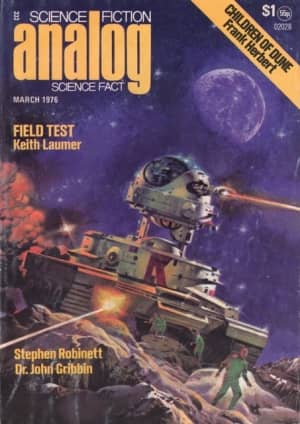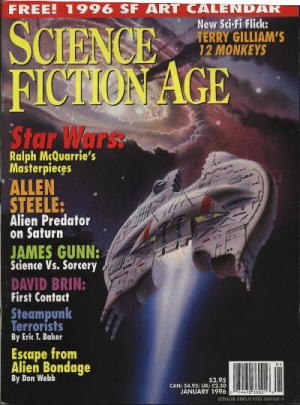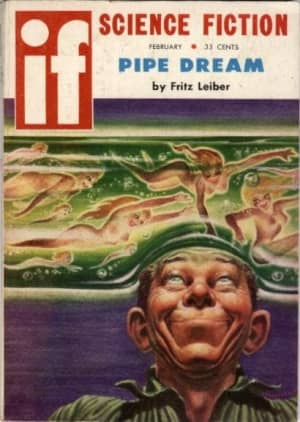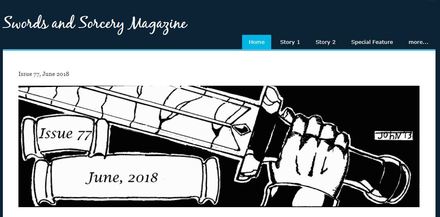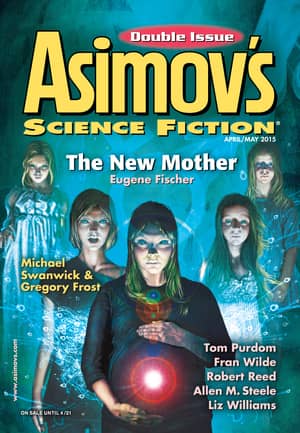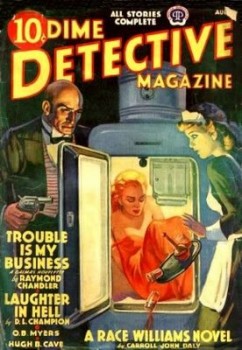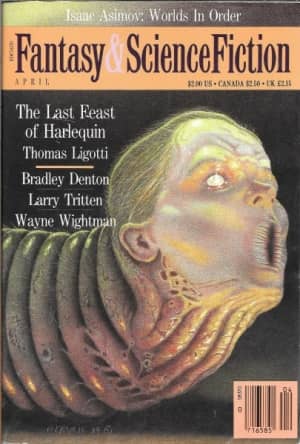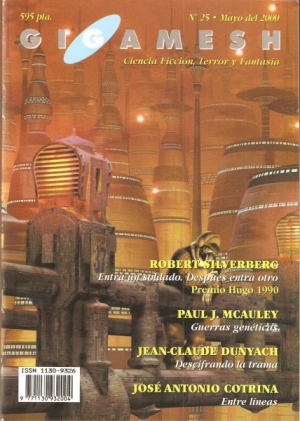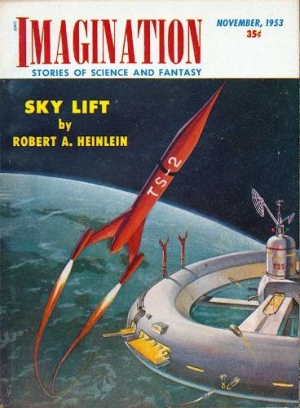In 500 Words or Less: A Short Fiction Roundup!

 Focusing a review into less than five hundred words is tough sometimes, but I feel like I’ve got the hang of it. The obvious next step? Talk about multiple books in one review!
Focusing a review into less than five hundred words is tough sometimes, but I feel like I’ve got the hang of it. The obvious next step? Talk about multiple books in one review!
This week I’m doing a roundup of some excellent short fiction I’ve read in the last few weeks. It covers a breadth of genres and styles, so hopefully some (if not all) of what I mention below appeals to you.
First off, I had the pleasure of receiving an ARC of the second issue of Reckoning, edited by Michael J. DeLuca, who I co-hosted the first #solarpunkchat with on Twitter in April. Reckoning focuses specifically on environmental justice, and Issue 2 is packed with a ton of experimental and forward-thinking work about sustainability, culture and the environment. Michael’s introduction concerning how to raise a child knowing their world will be fundamentally different than your own echoed a lot of my concerns about teaching, but the piece that blew me away was Marissa Lingen’s “The Shale Giants,” giving voice to the earth beneath us, which might not be patient and benevolent forever.
If you’re a fan of themed anthologies, get a copy of Alice Unbound from Canada’s Exile Editions, which riffs off Alice in Wonderland with SFF twists. There are too many great stories to mention here. Kate Heartfield, whose debut novel I reviewed recently, creates a tragic narrative around Carroll’s Gentleman in the Paper Suit in “Dressed in White Paper.” Geoff Gander and Fiona Plunkett turn Alice and her friends into Firefly-esque freelancers, complete with a caterpillar alien, in “Full House.” Though the final reveal in Pat Flewwelling’s story of madness spreading through an airport is a little too on-the-nose for me, “Cyphoid Mary” is still the most terrifying piece in the anthology. But my absolute favorite is “The River Street Witch” by Dominik Parisien, told from the perspective of a young girl who believes she’s a witch with no control over her magic, but if you read between there’s much more at play — this is a story that will stay with you long after you’ve finished.
